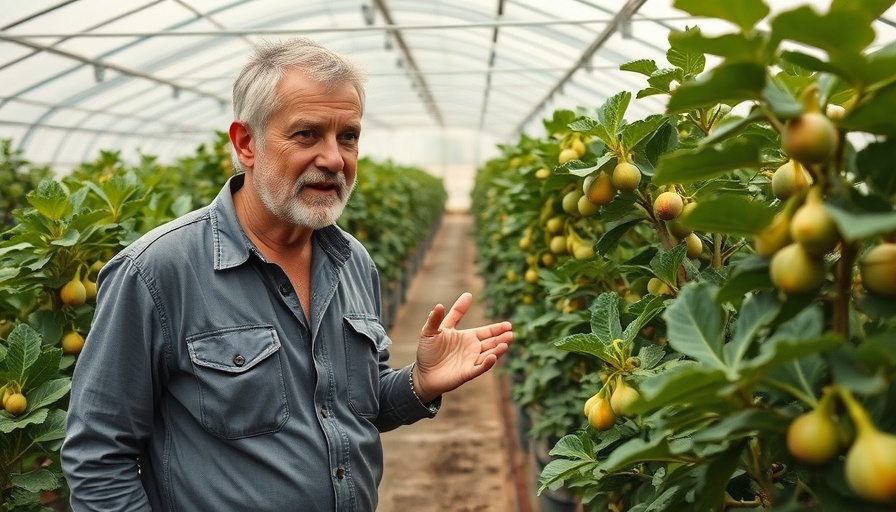
Unlock the Secrets to Growing Your Own Fresh Mint
If you've enjoyed the refreshing secrets of mint in your culinary adventures, you may have wondered how to propagate this delightful herb in your own garden. Growing mint can be an enriching experience, whether you're a dedicated gardener or just exploring sustainable living practices with your family. Let’s dive into two effective methods of mint propagation that anyone can master.
In 'How Do You Propagate Mint? - The World of Agriculture', the video discusses the various ways to grow mint, inspiring us to explore how these methods apply to sustainable living.
Growing Mint from Seeds: A Simple Start
Starting your mint journey from seeds is simple, yet it requires a bit of patience. Begin by sowing your mint seeds indoors several weeks before the anticipated last frost. By utilizing seed trays filled with seed starting mix, you can provide a nurturing environment for your seeds. Ensure that each pot has drainage holes to prevent excess moisture, which can hinder growth.
Plant the seeds about 1/4 inch deep, spacing them out to prevent overcrowding, and position the trays in a warm, sunny location. Keeping the soil consistently moist (but not soggy) is essential for germination, which usually takes 7 to 15 days. Covering the trays with plastic wrap can help retain moisture during this critical period.
Mint Cuttings: A Faster Route to Freshness
For many gardeners, propagating mint through cuttings is the quicker and more reliable method. Start by taking healthy mint stems and cutting them into pieces that are about 3 to 5 inches long. Remember to make your cut just above a leaf node, where new growth can emerge.
Once your cuttings are ready, you can root them in either water or potting mix. If you choose to root them in water, place the cuttings in a glass with about an inch of water and place it in bright, indirect light. Change the water regularly, and once the roots are sizable, you can move them to the ground or larger pots.
Why Mint Matters in Sustainable Living
Mint is not only a delightful addition to your meals but also plays a significant role in sustainable living. This resilient herb can improve soil health, support biodiversity, and helps in controlling soil erosion. By propagating mint, families can enjoy fresh herbs while contributing positively to their local environment.
Ensuring a steady supply of mint can also boost culinary creativity while providing health benefits from its rich properties. With mint growing easily in various conditions, it's an ideal plant for both urban gardens and rural farming.
Now that you have the knowledge to propagate mint effectively, why not start your own mint garden today? Happy planting!
 Add Row
Add Row  Add
Add 




Write A Comment